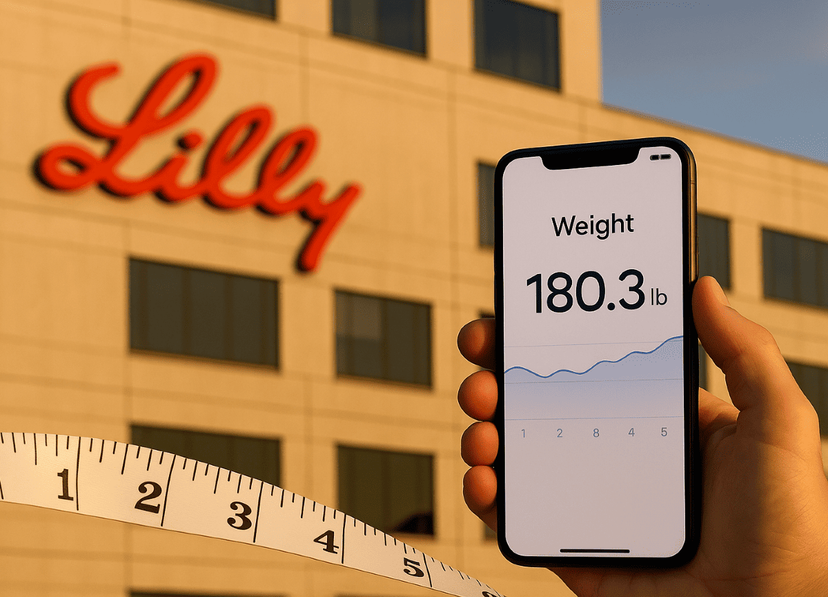ICSG Warns Copper Market Will Swing to 150,000-T Deficit in 2026 as Production Slows
By Tredu.com • 10/8/2025
Tredu

From Surplus to Shortfall: Copper’s Turning Tide
The International Copper Study Group (ICSG) has issued a stark warning: after expecting a modest surplus in 2025, the global refined copper market is poised to shift into a 150,000-ton deficit in 2026.
In 2025, the market is still expected to show a surplus, estimated at 178,000 tons, down from earlier predictions. But that surplus will evaporate in 2026 as slower production growth counterbalances steady consumption.
What’s Driving the Shift?
Slower Refined Output Growth
ICSG now forecasts refined copper production growth will fall to 0.9 % in 2026, down sharply from the 3.4 % growth in 2025.
A key drag is constrained availability of copper concentrates, that is, mined ore refined into smeltable feedstock. Even when mines expand, bottlenecks in processing can curb refined output.
Mining Growth Slows, Concentrates Tighten
The ICSG has trimmed its mine production growth forecasts: 2025 is now expected to grow ~1.4 % (down from 2.3 %), and 2026 is forecast at ~2.3 %. However, much of that growth is hampered by logistics, energy, permit delays, and the concentrate constraints mentioned above.
Robust Demand, Especially from Asia
On the demand side, ICSG expects refined usage to rise ~2.1 % in 2026, reaching about 28.7 million tons globally. China remains the dominant driver, consuming ~58 % of refined copper.
This suggests that even in slower global growth, copper remains structurally embedded in electrification, grid buildout, renewables, EVs, and infrastructure.
Disruptions & Supply Risks
Recent mine disruptions have already tightened the outlook. For instance, the Grasberg mine accident in Indonesia has forced production suspensions, adding upward pressure on supply tightness.
The confluence of slower growth and episodic shocks magnifies risk in copper markets.
Market Implications & Price Outlook
Upside Pressure on Copper Prices
With demand rising and supply failing to keep pace, the 2026 deficit is likely to impose structural upward pressure on copper prices. Some analysts believe prices could approach or exceed $11,000 per metric ton in response.
Inventory, Regional Tightness & Logistics
Even if global production rises, surpluses won’t matter if key regions face local shortages. Tightness in concentrate supply and trade disruptions (tariffs, transport constraints) can lead to “local deficits” and premium pricing in some markets.
Strategic Moves & Investor Plays
- Refiners / smelters in copper hubs could gain as bottlenecks are absorbed.
- Forward hedging / long-term contracts may become more valuable as producers look to lock in pricing.
- Junior miners & development projects may garner fresh interest if able to bring new supply.
- Recycling & scrap copper may see acceleration as refiners clamp down on new feedstock scarcity.
In sum: ICSG’s forecast signals that slower copper production growth will push the market into a 150,000-ton deficit in 2026. As demand from electrification, infrastructure, and clean energy endures, the copper supply chain may struggle to keep up. The stage is set for a new era of tightness, volatility, and price leverage.

How to Trade Like a Pro
Unlock the secrets of professional trading with our comprehensive guide. Discover proven strategies, risk management techniques, and market insights that will help you navigate the financial markets confidently and successfully.


